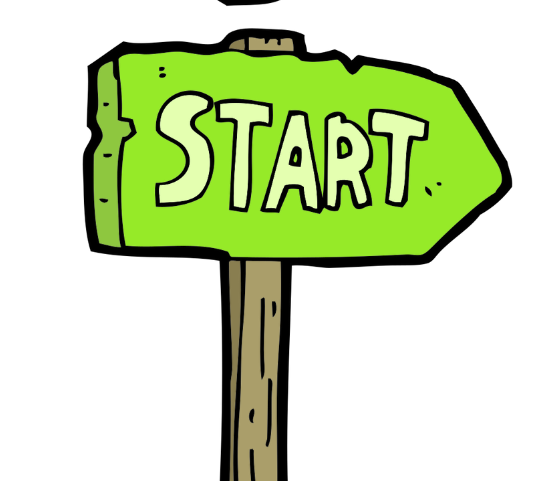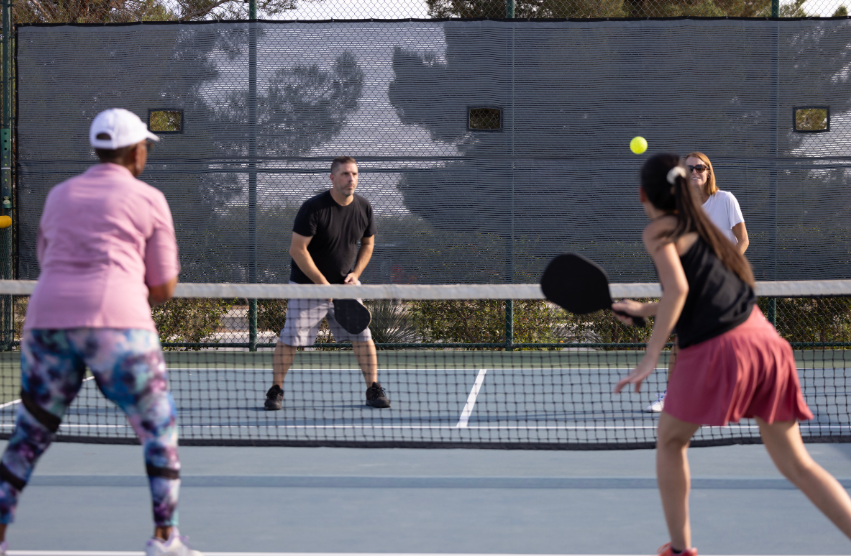Starting a pickleball club can be a rewarding endeavor, not just for the sheer enjoyment of the sport, but also for fostering a sense of community and promoting an active lifestyle. This guide will walk you through the steps to start a pickleball club, from initial planning to maintaining a thriving organization.
Assessing the Interest
Before you set out to start a pickleball club, it’s vital to ascertain the level of interest within your community. A simple way to start is by reaching out to friends, family, colleagues, or neighbors. Leverage social media platforms to assess broader community interest by posting about your plan in local groups. Conducting an interest survey could provide you with a clearer picture of the potential membership and their preferred times for club activities.
Assembling a Core Team
Once you’ve established that there is sufficient interest, gather a dedicated team of individuals who share your enthusiasm for pickleball and your vision for the club. This core team will be the backbone of your club during its initial setup and will continue to help manage logistics, recruit members, and organize events. Look for people who are not only passionate about the sport but also bring useful skills, such as organization, communication, or financial management.
Developing a Club Structure
A well-defined structure is essential for any club. This structure should include clear roles and responsibilities for club leadership and potentially various committees. For instance, you may have a president who oversees the club’s operation, a treasurer to handle finances, and a secretary to manage communication. You might also establish committees to oversee areas like membership, events, and publicity.
Writing a constitution or a set of bylaws is a good practice. This document should outline the club’s mission, membership rules, leadership roles, decision-making processes, meeting protocols, and procedures for amendments. A well-written constitution provides a clear guide for club operations and helps prevent misunderstandings.
Securing a Venue
Identifying a suitable venue for play is a crucial step. Your choice may depend on several factors, such as availability, cost, location, and the number of courts needed. Potential venues could include public parks, community centers, school gyms, or private sports facilities. You may need to navigate local government regulations or agreements with private entities to secure regular access to these facilities. Consider the venue’s capacity for growth, access to amenities like restrooms and parking, and proximity to members’ homes or workplaces.
Procuring Equipment
Depending on your budget and club structure, you’ll need to acquire the necessary equipment. Basic requirements include pickleball paddles, balls, and nets. Even if most players have their own paddles, having club-owned equipment is beneficial for newcomers who may not yet have their own gear. If you are setting up on multi-use courts, you might also need portable court lines.
Setting Membership Guidelines
Clear membership guidelines are an integral part of any club. These should outline who is eligible to join, the membership process, the duration of membership, and the benefits that come with membership. You’ll also need to decide on a membership fee structure. Fees can help cover costs for equipment, court rental, insurance, and club events. It’s essential to be transparent about these fees and what they cover.
Promoting the Club
Promotion is key to attracting new members. Utilize social media platforms, community bulletin boards, local newspapers, and word of mouth to spread the word about your club. You could also organize open days or introductory sessions, giving potential members a taste of what your club offers. Collaboration with local businesses or organizations can further expand your reach.
Planning Regular Activities
Regular club activities are crucial for maintaining member engagement and improving skills. These activities can range from regular practice sessions to coaching clinics, intra-club competitions, and social events.
Offering activities that cater to a variety of skill levels will ensure that all members feel included. Consider organizing skill clinics or coaching sessions for beginners and more advanced training and drills for experienced players. Internal tournaments can be exciting and bring a competitive element to your club, fostering camaraderie and sportsmanship.
Hosting regular social events can also strengthen the bond among your members and foster a community feeling. These could be as simple as post-match gatherings, seasonal parties, or picnic outings. They offer a chance for members to interact outside of the game, build friendships, and ultimately increase their investment in the club.
Establishing a Club Culture
Creating a welcoming and positive club culture is one of the most important aspects of running a successful pickleball club. This culture should promote inclusivity, respect, and fair play. To achieve this, consider establishing a club code of conduct. This code can emphasize important values such as respect for all members, good sportsmanship, and a positive attitude.
Remember to celebrate member achievements, whether they are related to gameplay, personal development, or contributions to the club. Recognizing member efforts and achievements can foster a sense of pride and belonging.
Maintaining and Growing the Club
Once your club is established and running smoothly, your focus should shift towards maintaining and growing your club. Regularly solicit feedback from your members to understand their needs and expectations. Use this feedback to make continuous improvements to your operations.
Keep your activities fresh and engaging, regularly introducing new events or changing the format of regular meetups. This will keep your members excited and engaged with the club. In addition, always look for opportunities to attract new members.
Lastly, a well-functioning club also involves careful financial management. Ensure that your club’s funds are well-managed, with a clear record of income and expenditures. Regularly review your financial status and adjust membership fees or fundraising efforts accordingly.
In Conclusion
Starting a pickleball club can be a significant commitment, but the rewards it brings to your community are immeasurable. It is not just about playing pickleball; it’s about creating a community of people who share a passion for the sport, promoting a healthy lifestyle, and building long-lasting friendships.
Through careful planning, a dedicated team, a welcoming culture, and a focus on continuous improvement, you can create a pickleball club that thrives and grows with time. Remember, the goal is to enjoy the process and share your love of pickleball with others. Happy playing!






